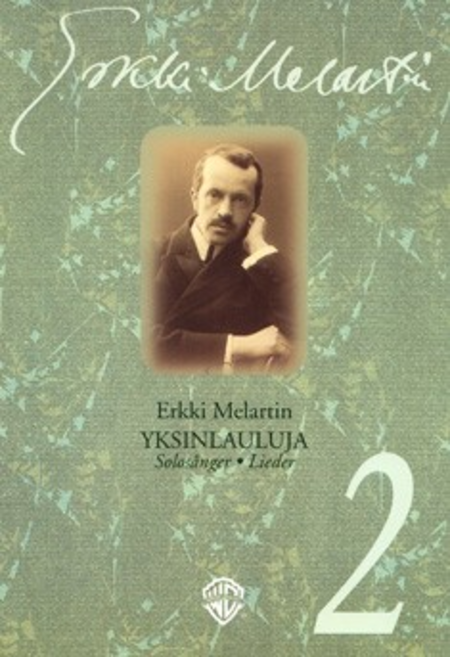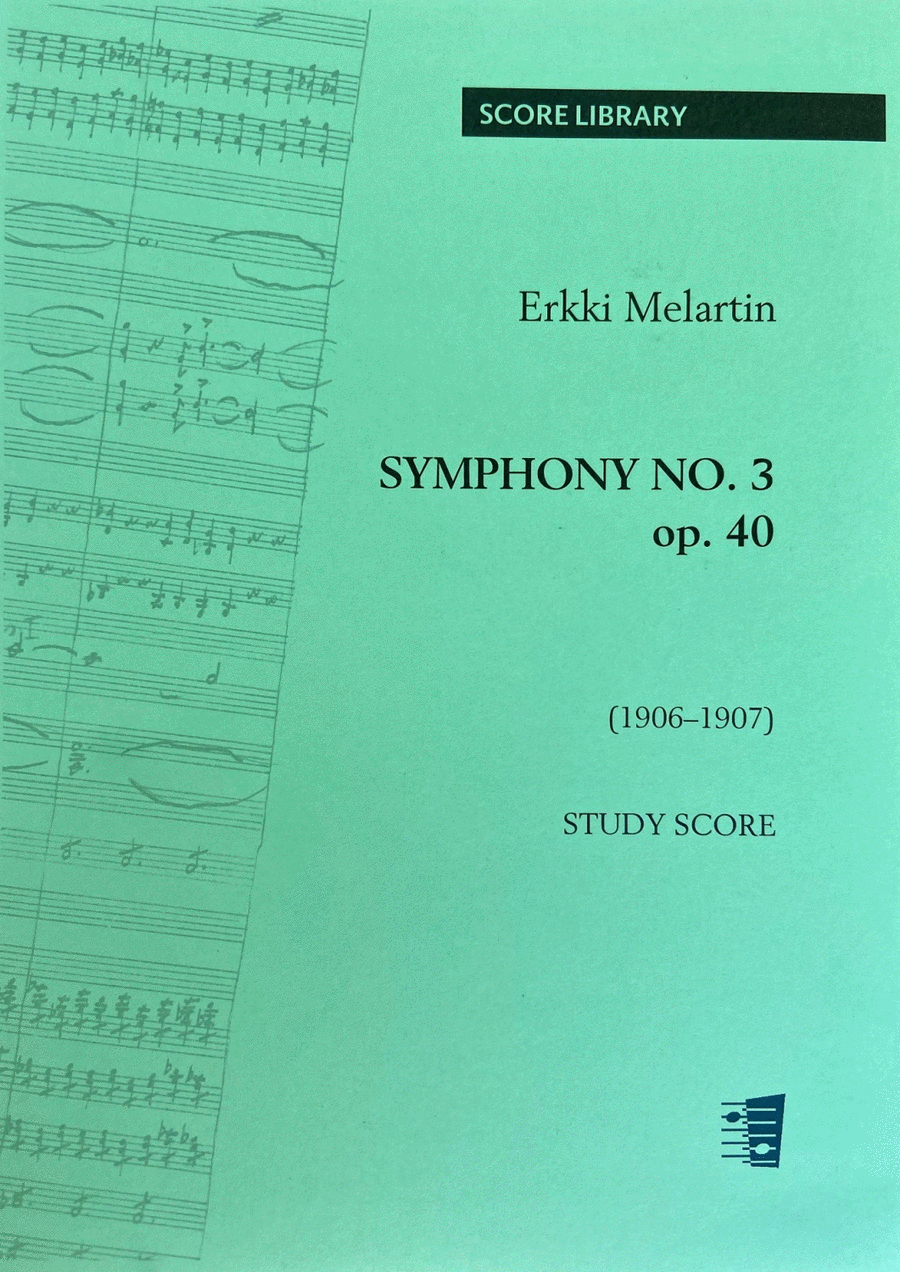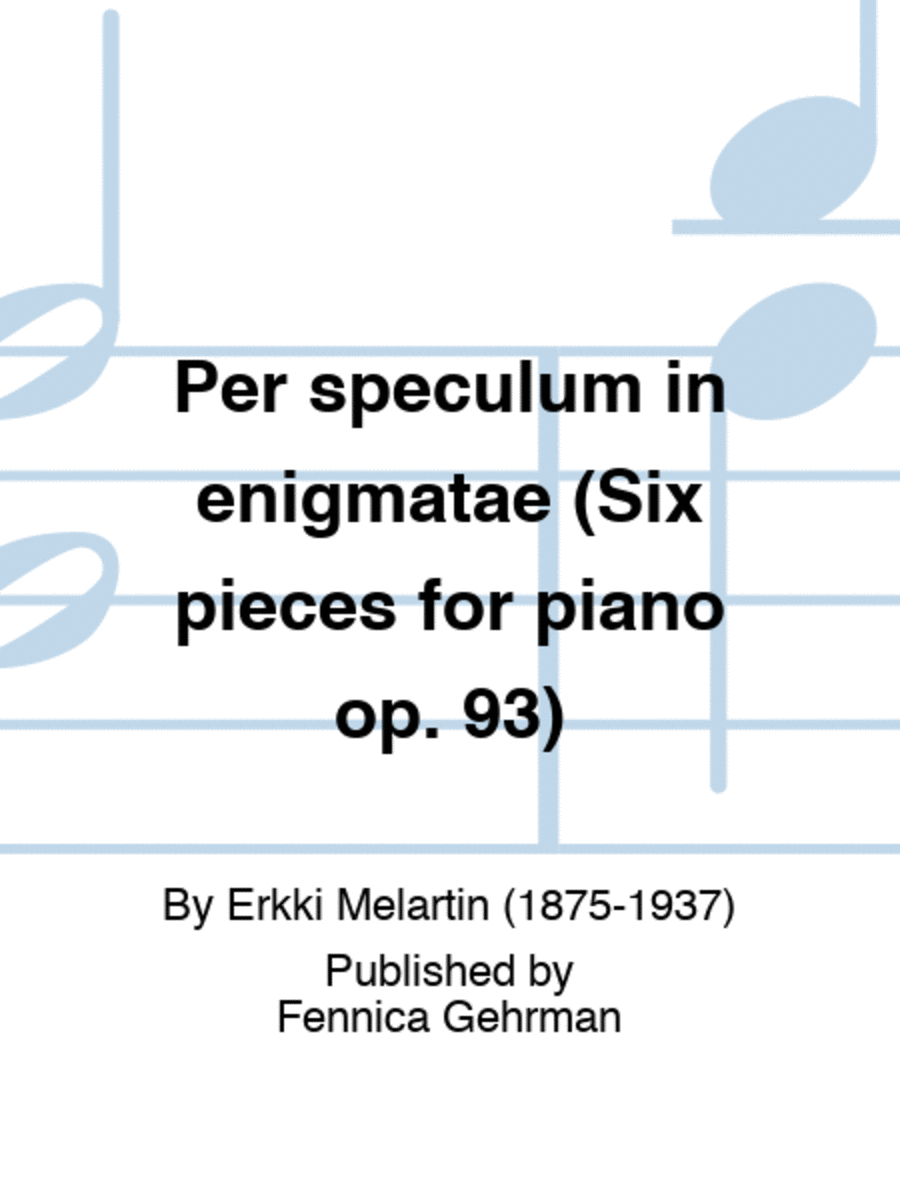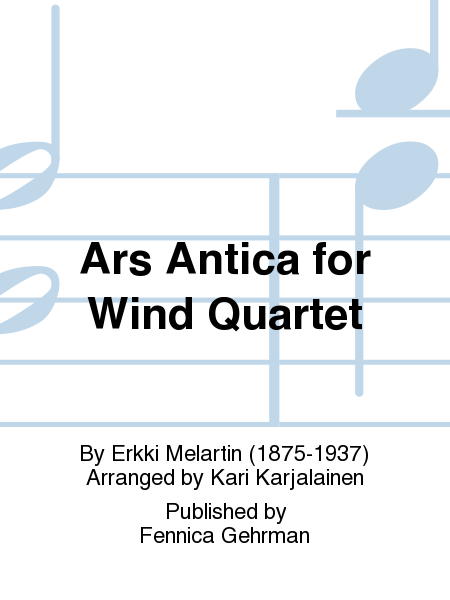Erkki Melartin (1875 - 1937)
 Finlande
Finlande
Erkki Melartin (7 February 1875, Käkisalmi – 14 February 1937, Pukinmäki) was a Finnish composer and pupil of Martin Wegelius from 1892 to 1899 in Helsinki, and Robert Fuchs from 1899 to 1901 in Vienna. He shares birth and death years with the co ... (Read all)
 Finlande
FinlandeErkki Melartin (7 February 1875, Käkisalmi – 14 February 1937, Pukinmäki) was a Finnish composer and pupil of Martin Wegelius from 1892 to 1899 in Helsinki, and Robert Fuchs from 1899 to 1901 in Vienna. He shares birth and death years with the co ... (Read all)
Free sheet music of Erkki Melartin - Festive
2 sheets found sorted by:
Search














